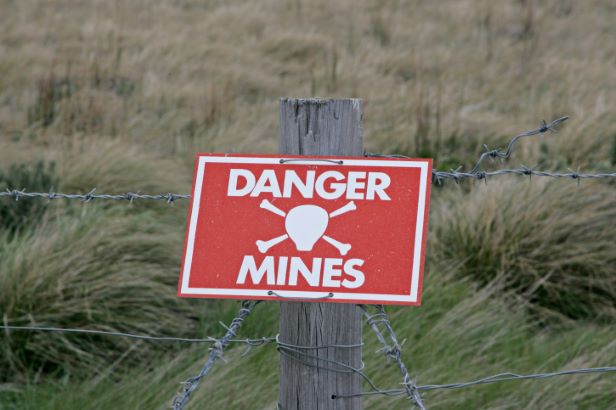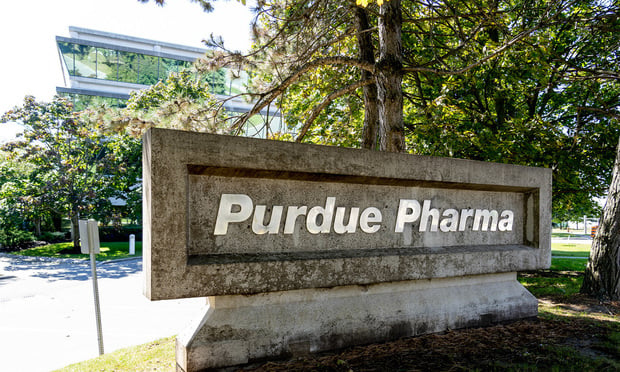Columns & Departments

IP News
Federal Circuit: ITC Did Not Err In Finding Violation of Section 337 Federal Circuit: PTAB Did Not Err In Claim Construction and Finding Certain Claims Obvious
Columns & Departments

Real Property Law
No Adverse Possession Because Possessor Had No Reasonable Basis for Belief Quiet Title Claim Dismissed When Claimant's Deed Was the Product of Scrivener's Error Action to Remove Cloud On Title Not Barred By Statute of Limitations Obstruction of View Not a Nuisance Unrecorded Easement Binding On Servient Owner With Actual Notice Nominal Damages Available for De Minimis Encroachment
Columns & Departments

Bit Parts
Justin Timberlake Appeals After His Anti-SLAPP Motion Fails to Stick In Documentary Deal Litigation Texas Federal Magistrate Finds California Unfair Competition Claim Should Be Ejected from Litigation Between Talent Agencies and That Dispute Should First Be Heard by California Labor Commissioner TV/Film Development Software Can Be Trade Secret
Features

All the News That's Fit to Pinch
The emerging cases by authors and copyright owners challenging various generative AI programs for using copyrighted materials are certain to create new troubles for the courts being asked to apply the fair use doctrine to this important new technology.
Columns & Departments

IP News
In Patrick v. Poree, the United States Court of Appeals for the Eleventh Circuit affirmed the denial of default judgment and summary judgment of copyright infringement claims based on a lack of evidence that the plaintiff owned a valid copyright.
Features

Landmines In Bankruptcy Practice, Part II
By enforcing deadlines strictly, refusing to hear appeals from interlocutory orders, and rarely bypassing the district court for direct appeals, appellate courts have generally avoided what they view as unnecessary work and delay. But a few courts have made important exceptions in the past year.
Features

Can Anti-SLAPP Motion Denials Be Immediately Appealed?
In a move of keen interest to the entertainment industry, the full U.S. Court of Appeals for the Ninth Circuit has agreed to review whether a judge's denial of a motion to strike a California Strategic Lawsuits Against Public Participation suit can be immediately appealed by the defendant who claims the case was brought solely to chill its speech.
Features

DE Bankruptcy Court Decision Provides Reminder of Potential Consequences of Violating the Automatic Stay
An opinion from the U.S. Bankruptcy Court for the District of Delaware provides a reminder of the potentially severe punishment that a party can suffer as a result of its violation of the automatic stay of Section 362 of the Bankruptcy Code, even if the debtor does not suffer any actual damages as a result of the violation.
Features

How New York Times' Lawsuit Over AI Software Copying Differs From Prior Copyright Complaints
The New York Times' copyright infringement lawsuit against OpenAI and Microsoft is said to be AI's "Napster Moment." But observers are torn about the case's legal merits, citing differing views around how exactly AI "Large Language Models" are trained.
Features

Could Mass Tort Bankruptcies Fall Apart in 2024?
Mass tort bankruptcies took some big hits in 2023, with two of them dismissed outright, and two more potentially hanging in the balance.
Need Help?
- Prefer an IP authenticated environment? Request a transition or call 800-756-8993.
- Need other assistance? email Customer Service or call 1-877-256-2472.
MOST POPULAR STORIES
- The 'Sophisticated Insured' DefenseA majority of courts consider the <i>contra proferentem</i> doctrine to be a pillar of insurance law. The doctrine requires ambiguous terms in an insurance policy to be construed against the insurer and in favor of coverage for the insured. A prominent rationale behind the doctrine is that insurance policies are usually standard-form contracts drafted entirely by insurers.Read More ›
- A Lawyer's System for Active ReadingActive reading comprises many daily tasks lawyers engage in, including highlighting, annotating, note taking, comparing and searching texts. It demands more than flipping or turning pages.Read More ›
- The Brave New World of Cybersecurity Due Diligence in Mergers and Acquisitions: Pitfalls and OpportunitiesLike poorly-behaved school children, new technologies and intellectual property (IP) are increasingly disrupting the M&A establishment. Cybersecurity has become the latest disruptive newcomer to the M&A party.Read More ›
- Abandoned and Unused Cables: A Hidden Liability Under the 2002 National Electric CodeIn an effort to minimize the release of toxic gasses from cables in the event of fire, the 2002 version of the National Electric Code ("NEC"), promulgated by the National Fire Protection Association, sets forth new guidelines requiring that abandoned cables must be removed from buildings unless they are located in metal raceways or tagged "For Future Use." While the NEC is not, in itself, binding law, most jurisdictions in the United States adopt the NEC by reference in their state or local building and fire codes. Thus, noncompliance with the recent NEC guidelines will likely mean that a building is in violation of a building or fire code. If so, the building owner may also be in breach of agreements with tenants and lenders and may be jeopardizing its fire insurance coverage. Even in jurisdictions where the 2002 NEC has not been adopted, it may be argued that the guidelines represent the standard of reasonable care and could result in tort liability for the landlord if toxic gasses from abandoned cables are emitted in a fire. With these potential liabilities in mind, this article discusses: 1) how to address the abandoned wires and cables currently located within the risers, ceilings and other areas of properties, and 2) additional considerations in the placement and removal of telecommunications cables going forward.Read More ›
- Guidance on Distributions As 'Disbursements' and U.S. Trustee FeesIn a recent case from the Bankruptcy Court for the District of Delaware, In re Paragon Offshore PLC, the bankruptcy court provided guidance on whether a post-plan effective date litigation trust's distributions constituted disbursements subject to the U.S. Trustee fee "tax."Read More ›
